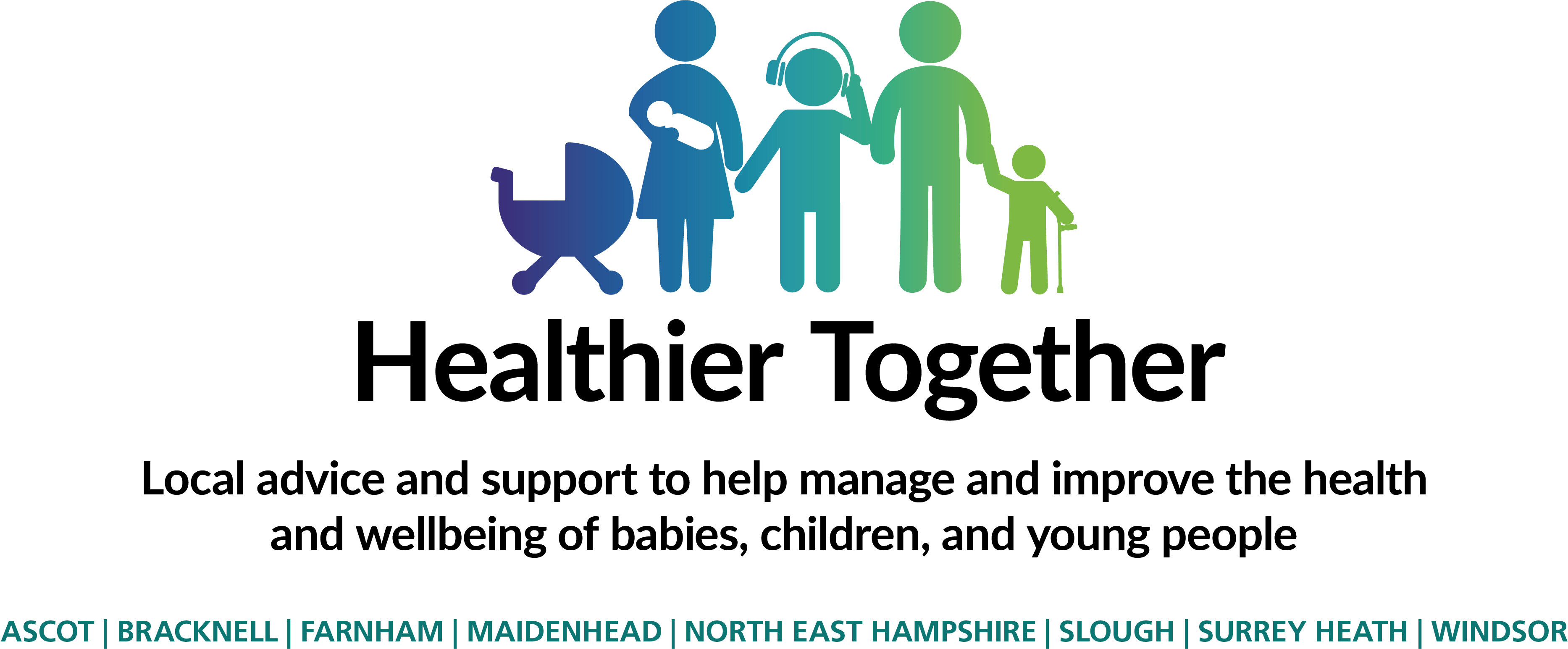Ultrasound in Children
Guidelines for appropriate GP Direct referrals for US Frimley Health Foundation Trust
This document is to support primary care referrers in the selection of patients for whom US would be beneficial in terms of diagnosis and disease management. They are to designed to give an outline summary indicating the criteria requests will be vetted by, help triage patients to appropriate care and avoid unnecessary referrals.
They are based on local and national recommendations including British Medical Ultrasound Society (BMUS) good practice guidelines (2015); The Royal College of Radiologists (RCR) and The Royal College of General Practitioners paper (2006) – ‘Right test, Right Time, Right Place’ ;RCR (2007) - ‘Making the Best Use of Radiology’ RCR – iRefer http://www.irefer.org.uk
To ensure the correct test is booked and interpreted accurately the following are required on the referral where appropriate:
· Specific clinical question to be answered (eg ‘pain ?cause’ will be declined)
· Presenting symptoms
· Results of other relevant investigations
· Relevant clinical history
· Findings on clinical examination
All requests from Primary care will be made electronically by ICE by GP or a non-medical referrer who has been given radiology requesting privileges. Paper request forms will only be accepted from military referrers only unless exceptional circumstances or other reason not able to access ICE.
After receiving the request the radiology department will vet the examination. If assessed as appropriate the patient will receive an appointment based on the clinical prioritisation of the waiting list. When the scan is performed the report will return to referrer electronically via ICE-EMIS.
If assessed as inappropriate or insufficient information the request will be declined and this information will be included in letter back to referrer ususally via Docman.
Any referrals that fall outside the normal protocols but are still thought required for patient management in primary care can be discussed with the relevant site of referral using GP phoneline or by using the advice and guidance email.
Any indications where direct GP referral for imaging not indication but GP has patient concerns please contact the Paediatric Advice Line.
Ultrasound Paediatric Hips
All babies will be examined at birth and referred if indicated. Hip check is repeated at the 6-8 week check.
Indicated for direct GP referral AND paediatric orthopaedic referral:
Please request as URGENT.
- Difference in leg length
- Knees at different levels when hips and knees are bilaterally flexed
- Restricted unilateral limitation of hip abduction (>20 degrees or more between hips)
- Gross bilateral limitation of hip abduction (<30 degrees or more)
- Palpable ‘clunk’ when undertaking the Ortalani test
Risk factors for DDH if not picked up at newborn check only requires Urgent USS request.
Not indicated for direct GP referral:
- Isolated clicking hip or asymmetric skin crease
- Age>3 months. Orthopaedic review with Xray
Ultrasound Head & Neck
Please use in conjunction with the Lymphadenopathy Pathway in Children
Indicated for direct GP referral:
- Lymph nodes clinically suspicious for malignancy, including large size, rapid growth or a fixed mass
Not indicated for direct GP referral:
- Lymph nodes in children
Lymphadenopathy is very common in children and young adults. In vast majority of cases it is usually a normal response reactive to childhood viral URTI such as colds or tonsillitis, skin eczema, cradle cap or post vaccination
Lymphadenopathy refers to lymph nodes abnormal in size greater than 1cm (>1.5cm in groin). However, in practice, cervical lymph nodes less than 2cm in diameter are unlikely to indicate severe pathology.
Lymph nodes are likely to slowly decrease over time, though this may take several (6-8) weeks and remain palpable for months and it is normal for the lymph nodes to get bigger and smaller in future with intercurrent infections. Persistence of non-enlarged but palpable lymph nodes is not a predictor for malignancy and not an indication for ultrasound.
Paediatric referral is recommended for cervical lymphadenopathy more than 2cm in diameter and increasing in size or present for more than 2 weeks or unexplained supraclavicular or axillary lymphadenopathy. If consultant paediatrics recommend ultrasound via primary care direct access please include name in referral.
- Generalised neck swelling or neck pain
- Skin lesions
- Swelling related to the sternoclavicular joint
- Carotid Doppler
Ultrasound Thyroid
Indicated for direct GP referral:
- Ultrasound may be required where there is doubt as to the origin of a cervical mass, i.e. is it thyroid in origin
Not indicated for direct GP referral:
- New or rapidly growing thyroid lump – suggest speciality 2WW referral for unexplained thyroid lump
- Routine imaging/follow-up of established thyroid nodules/goitre
- Hyperthyroid or Hypothyroid biochemical test
- FNA request
- Parathyroid Imaging
Ultrasound Urinary Tract
Please use in conjunction with the UTI Pathway in Children
Indicated for direct GP referral:
- Infants and children of all ages with clinically atypical/severe UTI - suggest paediatric specialist referral alongside an ultrasound of the urinary tract during the acute infection to identify structural abnormalities
- Infants < six months old with first-time UTI that responds to treatment
- Children aged 6 months and above if they have recurrent infections or have an atypical organism
Not indicated for direct GP referral:
- Acute Renal Colic
- Unexplained visible haematuria without urinary tract infection
- Visible haematuria persists or recurs after successful treatment of urinary tract infection
- Unexplained microscopic haematuria
- Pain not typically renal origin
- Hypertension
- Children aged six months and older with first time typical UTI that responds to treatment



